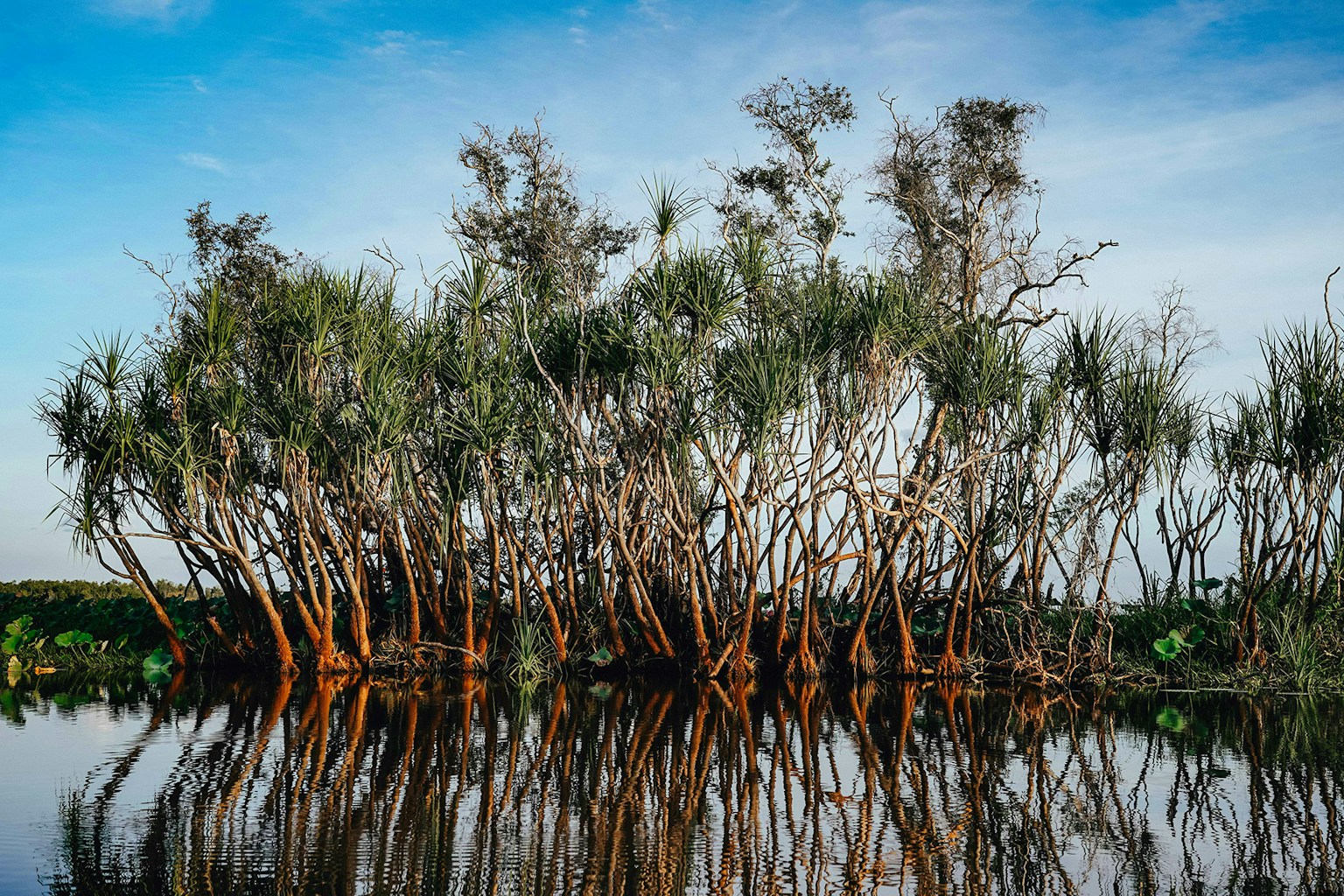This new mangrove methodology provides the approaches to monitoring carbon removals from the restoration of mangrove ecosystems. The methodology includes plantation of mangroves in areas that historically supported mangrove ecosystem. The methodology is applicable globally.
Mangrove systems have unique aspects, and so are considered separately from a normal Afforestation / Reforestation (A/R) activity. Even though, the monitoring requirements of this methodology are based on the Gold Standard Methodology for A/R Greenhouse gases (GHGs) Emission Reduction and Sequestration v2.0, considering the often-difficult accessibility of mangrove systems, the methodology includes the option to combine in-situ measurements of aboveground tree biomass with the use of remote sensing.
The following four approaches are eligible for removal accounting:
- Approach “Remote Sensing”: Regression analysis between on-site biomass measurements and remote sensing biomass measurements
- Approach “Field Measurement”: In-situ measurements and site-specific models
- Approach “Models”: Local or regional datasets and/or models (only with validation against in-situ measurements)
- Approach “Default Values”: Based on IPCC default values (only with validation against in-situ measurements)
Apart from aboveground tree biomass, carbon pools accounted for are belowground tree biomass and soil organic matter. The inclusion of above- and belowground non-tree biomass is mandatory for the baseline assessment as well, but optional for the estimation of carbon removals.
Acknowledgements
This methodology has been developed by Forliance.



